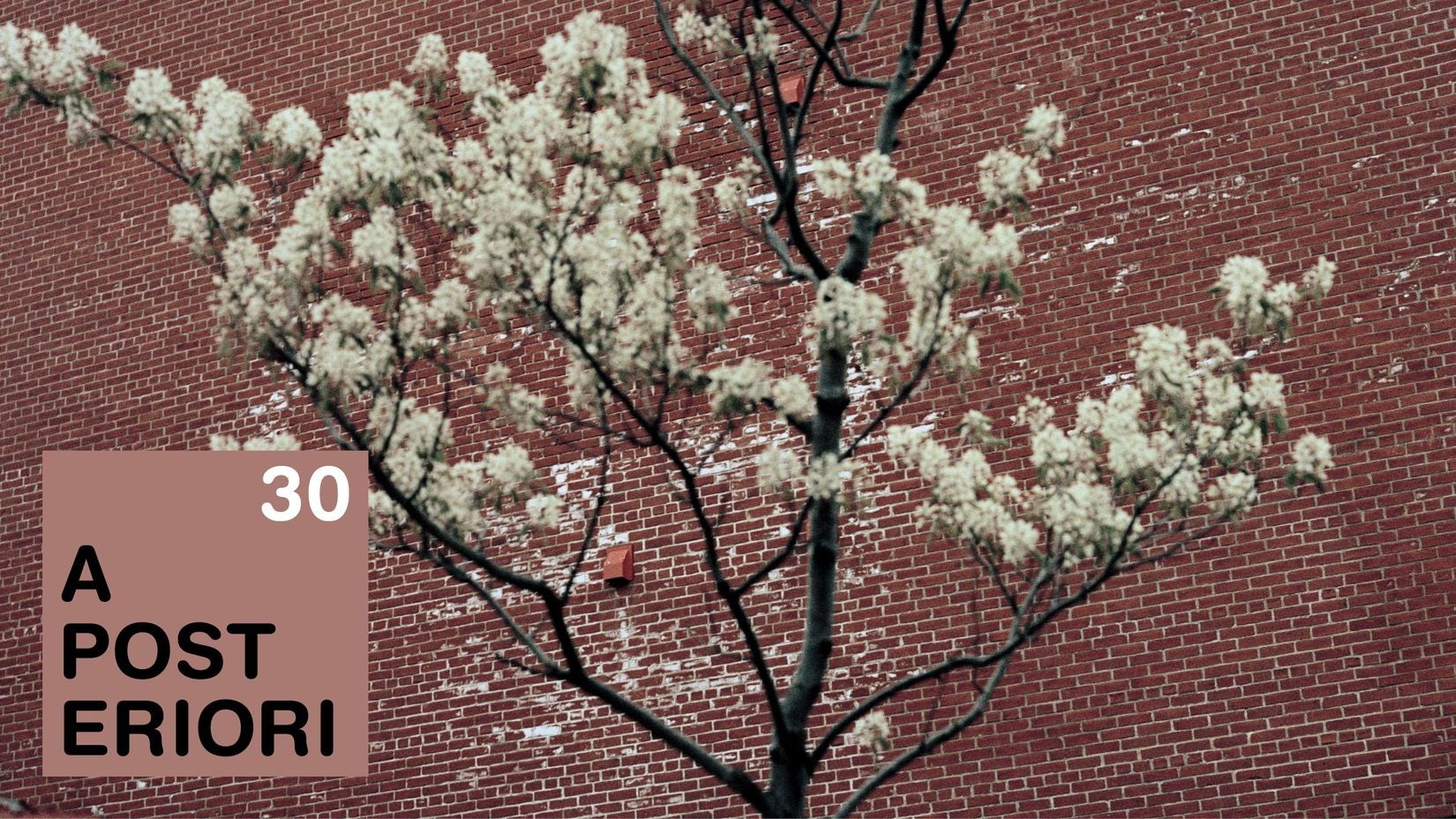
Anne-Marie Proulx
Être jardin
2023.01.14 - 03.04
The First Garden, Later (Cont’d)
MARIE J. JEAN
Showing Anne-Marie Proulx’s photography series Le jardin d’après following its transformation into a book, which itself had been designed after an exhibition, may seem akin to the commonplace stages of disseminating an artistic project along the cycle of its public visibility.1 Through these new iterations, the series, exhibited and then printed, has been transformed, engaged in a process of reinterpretation, translation and re-mediation. What distinguishes this current iteration, though, is that the series of photographs is now mounted on a stage. Before unpacking the significance of this new adaptation, let us return to the origins of this story, which begins–as you may have gathered–in a garden.2
This garden refers explicitly to a “literary space” as defined by Maurice Blanchot: that of Anne Hébert’s The First Garden (1988), which recounts the quest of a woman, Flora Fontanges, a woman seeking to lose herself–the better to find herself–in the place she came from.3 Though it is never named, this place is clearly her native Quebec City, to which she returns after a long exile in France, retracing the paths of women forgotten in spite of the historic roles they have played. Among others, she alludes to Marie Rollet and Louis Hébert–as it happens, ancestors of the author – the couple who apparently “sowed the first garden with seeds that came from France,” before this pseudo–origin story is rectified with a reminder that those who first tended it in fact “had copper-coloured skin and wore feathers in their hair.”4 This place is also a theatre where Flora, a stage actress, goes to play Winnie in a production of Samuel Beckett’s Happy Days. “Imbedded up to above her waist” in her mound of earth, the Beckettian figure is the alter ego of Flora, “brought out of retirement [. . .] like a plant moved from shade into the light of day.”5

Besides this skilful play of historical palimpsests and references to plant life, Hébert’s novel stands out for its use of intertextuality. References to the various plays in which Flora has acted during her career are thusly embedded in various places in the novel: Beckett’s Happy Days, but also Molière’s The Misanthrope and The Imaginary Invalid, Williams’s The Glass Menagerie and Pirandello’s Right You Are (If You Think So). These intertexts not only embody the actress’s identity quest; they also provide the material for a search that led Anne-Marie Proulx to trace the steps of their female characters: Winnie, Célimène, Toinette, Amanda, and Madame Frola, among others.6 She has reproduced some of their lines of dialogue on blank pages torn from their context so as to free their voices. These pages are also superimposed onto those of the novel, all reproduced in black, and the presence of which evinces the homothetic appropriation that Proulx has engaged in: they are carefully intercalated between the sequences of images and reproduced on the exact pages where they appear in the original edition, the format, number of pages and cover design of which are also reprised. The artist has also inserted an excerpt from Hébert’s text–referring to the original garden–along with one hundred and twenty-five atmospheric, tightly framed images showing the insistent presence of nature in the urban space along with rarer incidences of female characters. The photographs offer themselves as a sort of poetic investigation within a vast garden, that which Flora Fontanges might have roamed, in search of a repressed past. But this is where the comparison of the two books ends, for while Hébert’s novel is composed of fifty-one sequences of varying length, the photography book is structured in four acts, an explicit reference to the theatrical text genre, the function of which is a play to be performed.
This no doubt explains why the photography book quickly drew our attention, in the manner of a theatre script heralding its eventual performance. Its components–photographs, lines of dialogue, acts, sub-themes–metaphorically assumed the purposes of stage directions, guiding us in our selection of the images and dialogue, the arrangement of the curtains and the stage, the insertion of video and audio sequences, and the lighting. The spacing of the exhibition also reiterates the structure of the photography book with at its centre a concentration of images, in the vein of a narrative profusion. Nor is the audience relegated to secondary status in this staging device. Proulx has summed up the intention of this new adaptation, which from the start aimed at immersing it in what eventually took the form of a new garden, the most colourful to date:
In the first exhibition, you were a distant spectator of the theatre, of the play that wasn’t really performed, or that was somewhat static–in the book, you follow the journey of the woman through the city that has become a theatre–in this new exhibition, you enter a garden and are invited to be in a more immersive space and to move on your own between the acts–Le premier jardin [The First Garden], Le jardin d’après [The Garden Afterward], Être jardin past, a future, then the being-in-the-present.7
Être jardin is, in a sense, the personification of all who contribute to cultivating that space of experimentation and creation represented by a work or an exbibition. For, as Maurice Blanchot has so rightly noted, “[t]he writer writes a book, but the book is not yet the work. There is a work only when, through it, and with the violence of a beginning which is proper to it, the word being is pronounced. This event occurs when the work becomes the intimacy between somewhere who writes it and someone who reads it.”8 This new exhibition takes form precisely in the meeting of those two solitudes on one and the same stage.
This exhibition is presented with the kind collaboration of CIBL 101,5, Chantal Fontaine and VU Photo.